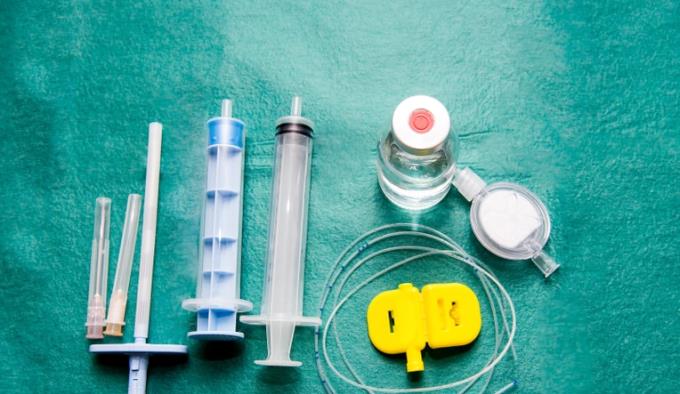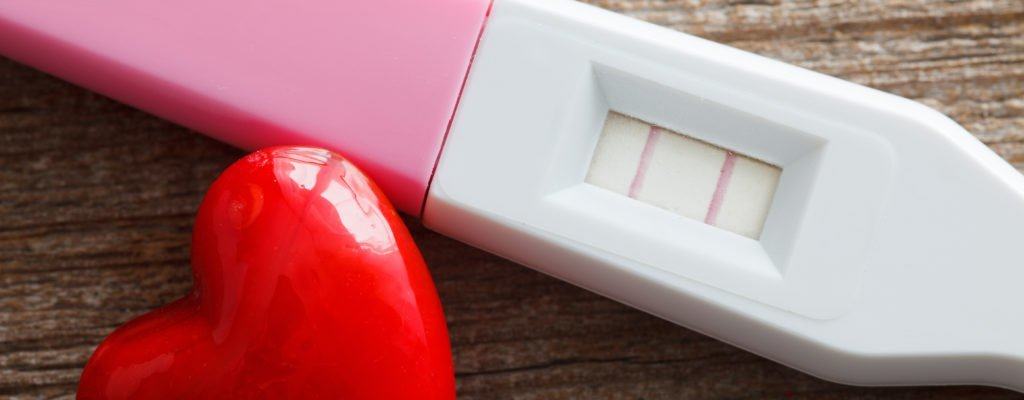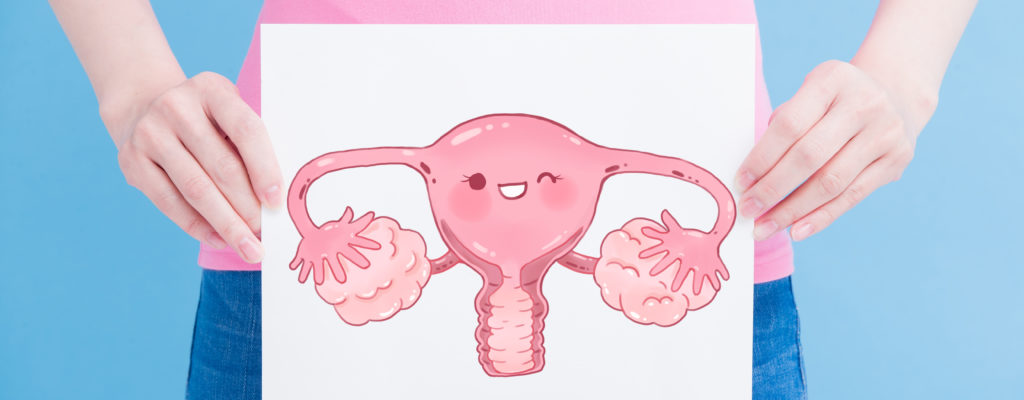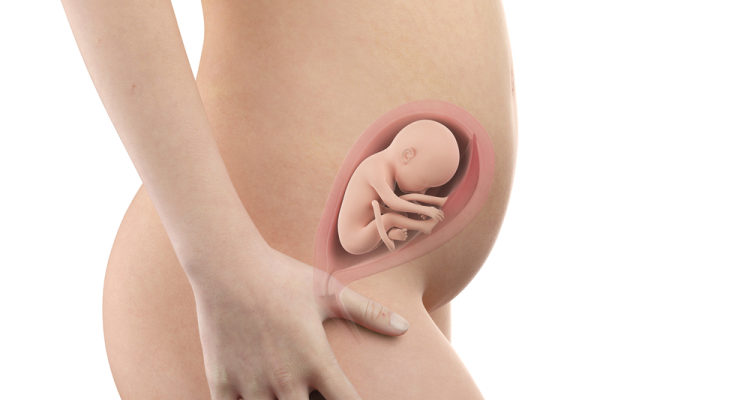You are about to pass through and hear many people describe the pain at birth so you are very worried. So, you really want to know about the issues surrounding pain relief during the epidural?
In this article, aFamilyToday Health answers 10 frequently asked questions about relieving pain at birth with epidural anesthesia , inviting you to follow up.
1. Why do pregnant mothers need to have pain relief at birth?
The pain that occurs during labor will cause the pregnant mother pain, struggle, even scream, cry ... so it is easy to exhaustion. Pain level will increase gradually from the time pregnant mother begins to have pain signaling labor until birth. The application of pain relief at birth not only makes pregnant mothers reduce pain during labor but also helps to quickly recover health after labor.
2. What is the relief of pain at birth with an epidural?
Epidural anesthesia is effective pain relief methods to help women pregnant less pain during labor and childbirth. This method of anesthesia is applicable to both normal and cesarean delivery.
In order to perform anesthesia, the anesthetist will administer an injection, passing the anesthetic through a small line into the epidural space around the spinal nerves in the back region. The medication should take effect after about 5-10 minutes, numb the area above and below the area where the injection was given. Medicines are constantly infused to help relieve pain for pregnant women until the birth of the baby. During the birth, you will remain alert.
3. Does epidural pain hurt?
Many pregnant mothers are very worried about having an epidural because of fear of pain, fear of needles ... In fact, those who have had epidural anesthesia share the same comment that the procedure is much more comfortable with the pain of injecting fluids, even the degree of pain is nothing compared to the contraction of the uterus at birth.
The anesthetic injection takes about 5 seconds, and you can feel the medicine being injected into your body through the needle. After 5 minutes, the medicine will take effect and reach its peak after about 10 minutes, your pain in childbirth should be completely gone in about 15 minutes.
4. An epidural is actually injecting anesthetic directly into the nerve or in the spinal canal?

Many people often think that epidural anesthesia is actually injecting anesthetic directly into the nerve or in the spinal canal. The truth is not like that The anesthetist will administer an injection, insert the catheter into the epidural space where the nerves pass, and infuse the anesthetic.
5. If the pain is relieved with epidural anesthesia, can pregnant mothers give birth normally?
Methods of pain relief at birth with epidural anesthesia do not affect normal delivery or cesarean delivery of pregnant mothers. To be able to give indications on the form of birth, doctors will base on the health of the pregnant mother, the fetus, the status of amniotic fluid ... to ensure the safety of both the pregnant mother and the fetus.
6. What benefits do pregnant mothers get if they apply epidural analgesia?
The implementation of pain relief at birth helps pregnant mothers receive the following benefits:
Reduce pain when contractions, the pregnancy books, cutting, stitching perineal or surgery, sutures.
Quickly restore health. Therefore, doctors often appoint pregnant women with health problems such as heart disease, high blood pressure , asthma ... to reduce pain at birth. This is to avoid the bad consequences of the labor pain.
If you have a cesarean section or a postpartum procedure (placenta, episiotomy ...), you will continue to get pain relief through this pain relief method.
7. What are the risks of pregnant mothers with epidural analgesia?
After anesthesia, pregnant mothers usually have a feeling of heaviness in their legs and slight numbness. The blood pressure has decreased slightly, making you feel dizzy, nausea or chills for a while. These symptoms will quickly go away without treatment.
After the delivery, some women may have a headache when sitting up or feel back pain at the injection site. However, this rate is very low (only occurs in about 0.04% of cases), back pain will completely recover.
8. What risks does the fetus face during pregnancy pain relief?
The epidural method of anesthesia uses a low level anesthetic so it does not affect the baby.
In fact, without anesthesia, labor will stimulate the pregnant mother's body to release stress hormones into the blood vessels. This increases the heart rate as well as increases the redirection of blood from the uterus, increases ventilation leading to the transfer of blood from the placenta . An epidural will prevent this. Therefore, neither the pregnant mother nor the fetus is affected by any side effects.
9. Under what circumstances will pregnant mothers not be anesthetized to relieve pain at birth?

The pain relief at birth with epidural anesthesia is not indicated for pregnant mothers in one of the following cases:
Hemorrhage
Have a fever
Spinal pain
Septicemia
Allergy to anesthesia
Unusual bleeding
The cervix opens less than 4cm
Skin infection of the back
Use blood thinners
The test results showed a low platelet count
Labor too quickly and not enough time to take medicine
10. When was the time when the mother elected to have epidural anesthesia?
Usually, the doctor will give you an epidural anesthesia when you notice that your cervix has opened about 4 - 5 cm and you are showing signs of active labor.













